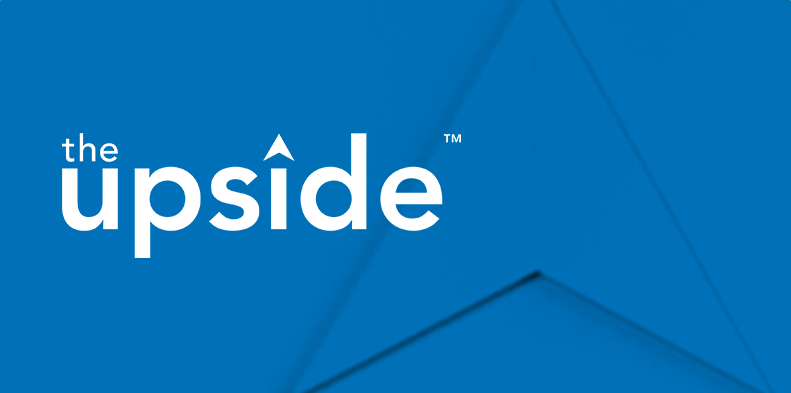Is severance pay taxable in Canada? If so, how much income tax can you expect to pay?

If you are in a position to receive severance pay, you may have a lot of questions. One of the first may be whether severance pay is taxable in Canada? If it is, you may also want to know how to minimize your tax burden and keep more of the money in your own pockets. Here is a primer to severance pay that should answer all your tax-related questions.
What is severance pay?
Severance pay is a payment paid to an employee upon the termination of their employment from no fault of their own. If you have worked for the same employer for 12 consecutive months, you qualify for severance pay.
Severance pay is also known as termination pay and can be classified as employment income, retiring allowance, non-taxable damages, or a combination of all three. It is regulated by employment law provincially, territorially, and federally. And may or may not be outlined in your employment contract.
Severance packages may also include benefits from your employer.
Employment income
Severance pay as employment income is the most common type of severance. And can be paid as a lump sum or salary continuance. Employment income is also the highest taxed form of severance.
Retiring allowance
Retiring allowance is in recognition of long service and cannot occur before retirement. It is not a pension continuance and must be associated with a loss of income.
You can transfer a retiring allowance directly to a registered retirement savings plan (RRSP) or registered pension plan (RPP), but there are contribution rules. Retiring allowance earned for years worked before 1996 may not affect your contribution room.
Non-taxable damages
Non-taxable damages are damages that are not directly related to your employment. For example, if an injury occurs at work but that is not the reason for your unemployment, you could receive non-taxable damages.
Is severance pay taxable in Canada?
Yes, severance pay is taxable in Canada. How much tax you can expect to pay will depend on how your severance pay is structured. For this reason, when it comes to severance pay, tax planning is essential.
If you are receiving your severance pay as a retiring allowance, then you will be subject to a withholding tax as per the chart below. Your annual tax return will correct any actual taxes owed on a retiring allowance received.
| Retiring allowance amount | Withholding tax | Quebec withholding tax |
|---|---|---|
| 10% | 5% | |
| $5001 – $15,000 | 20% | 10% |
| >$15,000 | 30% | 15% |
How much income tax can I expect to pay?
The income tax you can expect to pay on any severance you receive will depend on how you and your employer structure the payments, how you will receive the money, and what you will immediately do with it.
If you seek legal counsel on the matter of your severance, then those fees may be tax-deductible.
There are 4 main ways severance pay is distributed: lump-sum payment, immediate transfer to an RRPS, salary continuance, and deferred payments.
Lump-sum payment
A lump-sum payment is when you receive all of your severance pay in one payment immediately after being terminated. In this case, your employer will withhold the required income tax. But there will not be any Canada pension plan (CPP) or Quebec pension plan (QPP) contributions or employment insurance (EI) premiums withheld.
The tax your employer withholds on the lump-sum payment of your severance will depend on your marginal tax bracket. If you have large severance pay, you can expect to pay more in taxes as it may move you into a higher marginal tax bracket.
Transfer to RRSP
One way to decrease the amount of income tax owed on a severance payment is to transfer the whole amount directly into your RRSP. If you can do this, then your employer will not withhold any tax on the severance payment. But you will be eventually taxed when you withdraw from your RRSP later in life.
Not everyone can directly transfer their severance pay into an RRSP. You must have the RRSP contribution room for this to be an option. You also can transfer it into a spousal or common-law RRSP, but again contribution limits will apply.
You must also transfer any funds into your RRSP the same year in which you receive them or within 60 days of receiving them at the end of a calendar year.
It is important to note that you cannot claim legal fees associated with seeking legal counsel for your severance if you transfer the total amount directly into your RRSP.
Salary continuance
A salary continuance is when you continue to receive regular payments after you leave your employer. Income tax on salary continuance and ordinary employment income is the same. You will also be required to pay CPP/QPP contributions and EI premiums on salary continuance payments.
Deferred payments
Deferred payments can offer the best income tax advantage. But not every employer will offer deferred severance payments as an option.
Deferred payments spread your severance payout over 1-2 years. This is a tax advantage because the income is spread out over multiple years and may result in a lower marginal tax bracket each year.
Sometimes deferred severance may be subject to interest. If your deferred severance accrues interest, you will be taxed on this interest as if it were income.
Income tax on severance pay – Bottom line
When it comes to severance pay and income tax implications, things can get very complicated.
Your situation will be unique. It is a good idea to seek legal counsel regarding your severance pay. You will want to ensure that you are receiving the correct amount. And any legal fees you pay regarding your severance are tax-deductible, just not if you transfer the total severance directly to your RRSP. Working with an accountant can also help with your tax planning to minimize any money owed.
Your severance pay is subject to income tax in Canada, so you may not take home as much as you think you will receive. With any form of severance pay, the best-case scenario is to replace your employment as quickly as possible so that you do not need to rely on the severance income to live.
This article was written by Maria Smith from MapleMoney and was legally licensed through the Industry Dive publisher network. Please direct all licensing questions to legal@industrydive.com. ![]()


